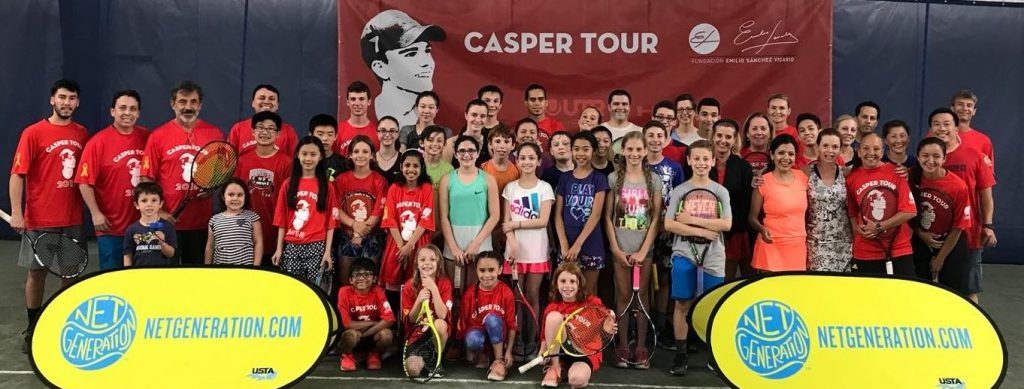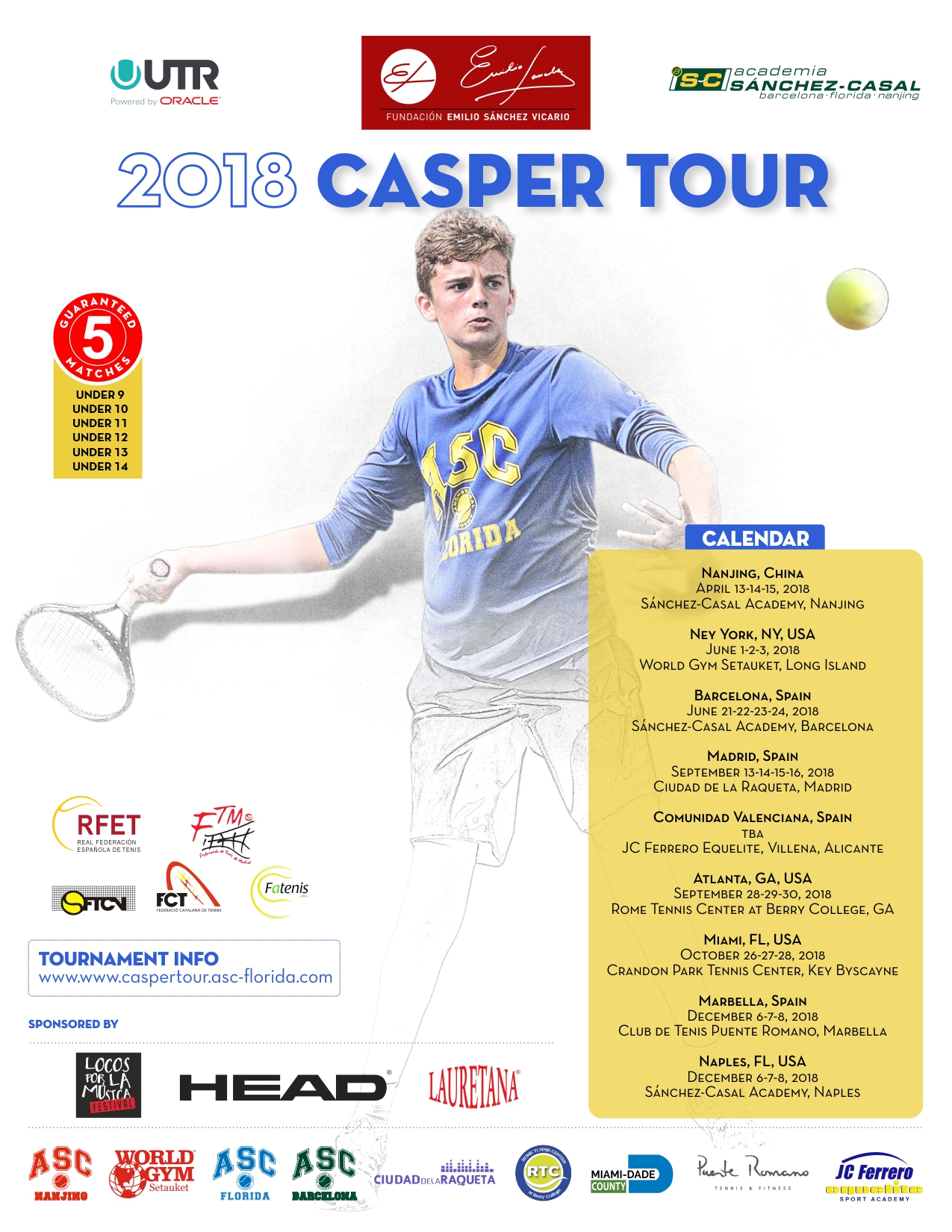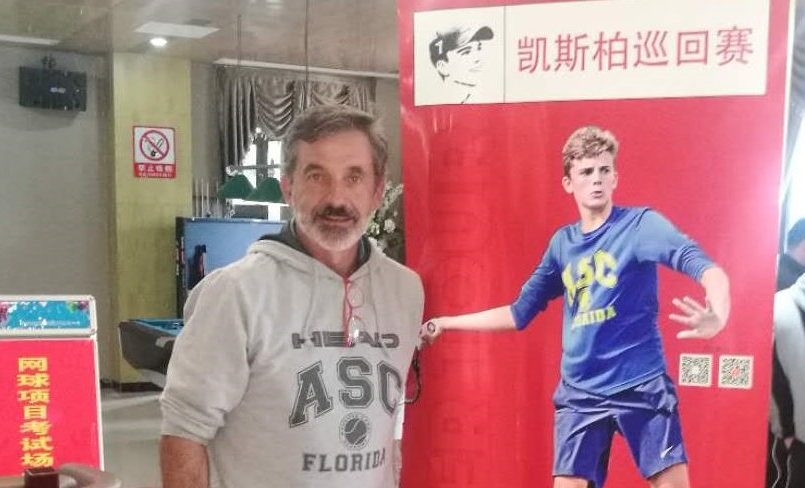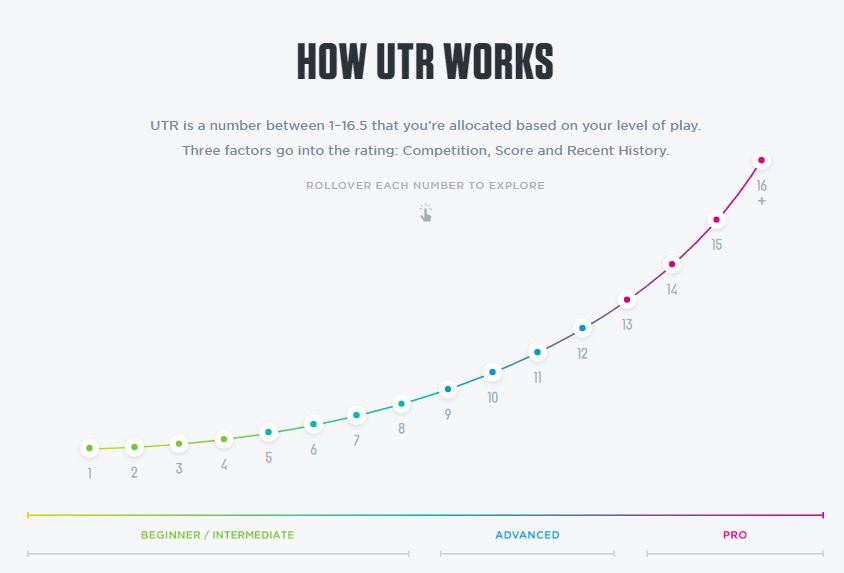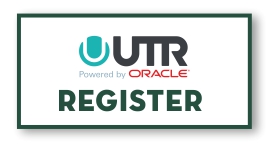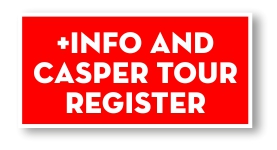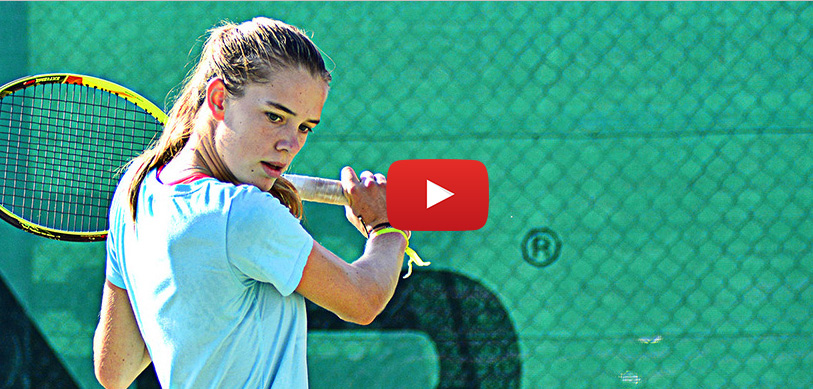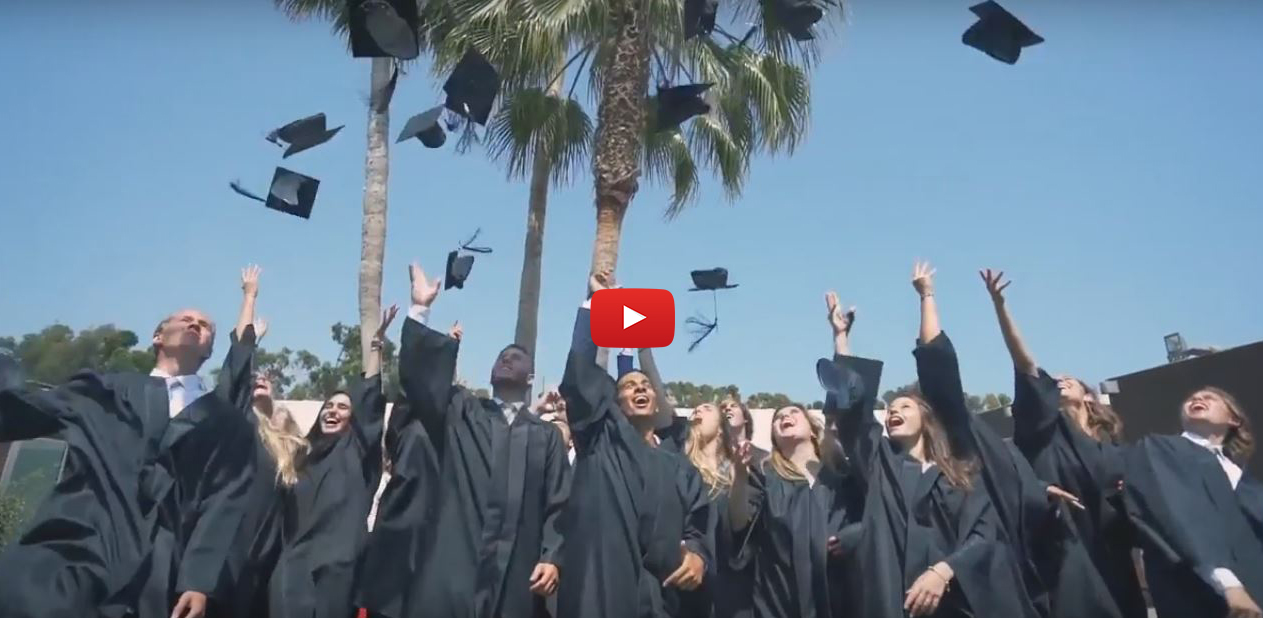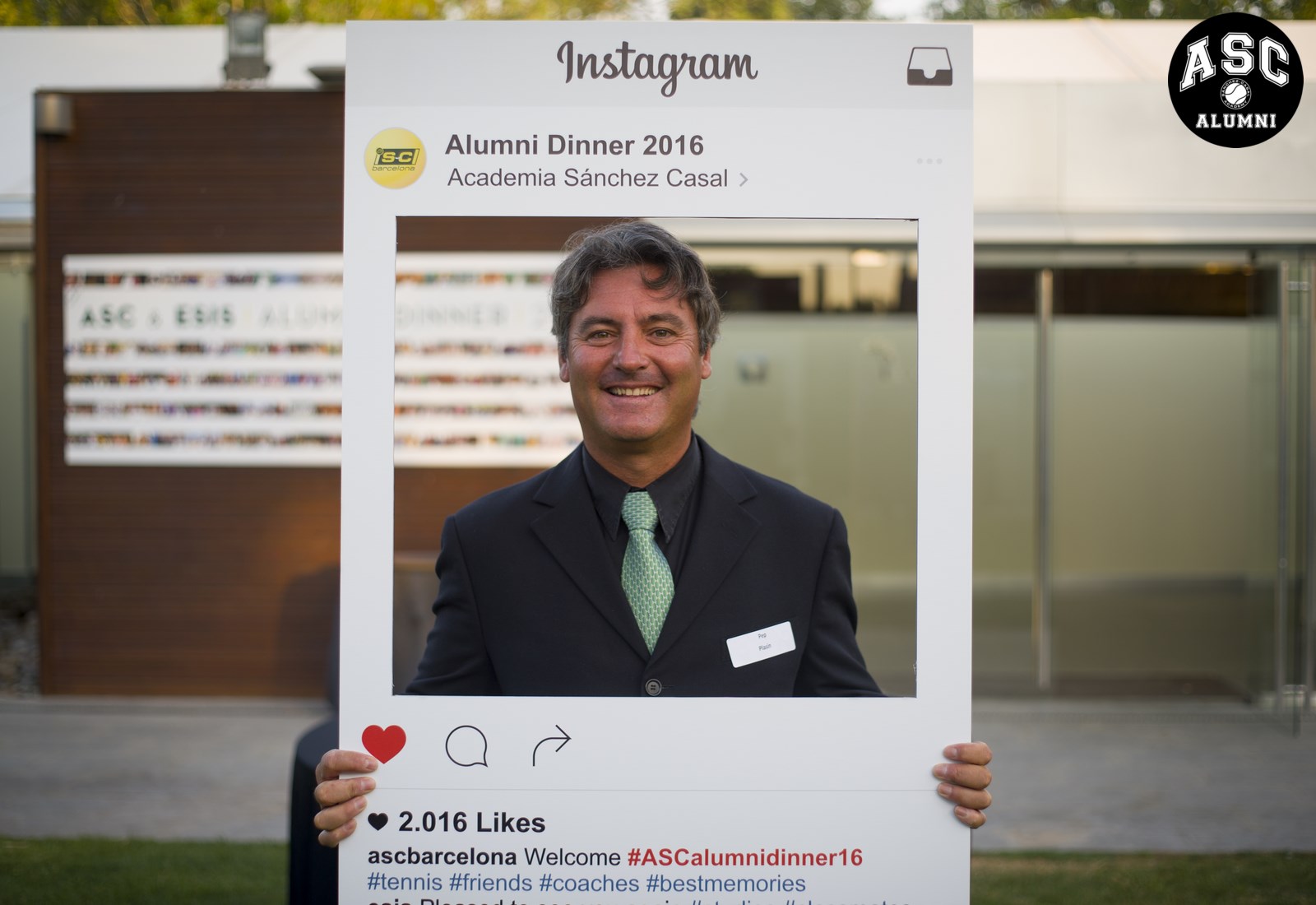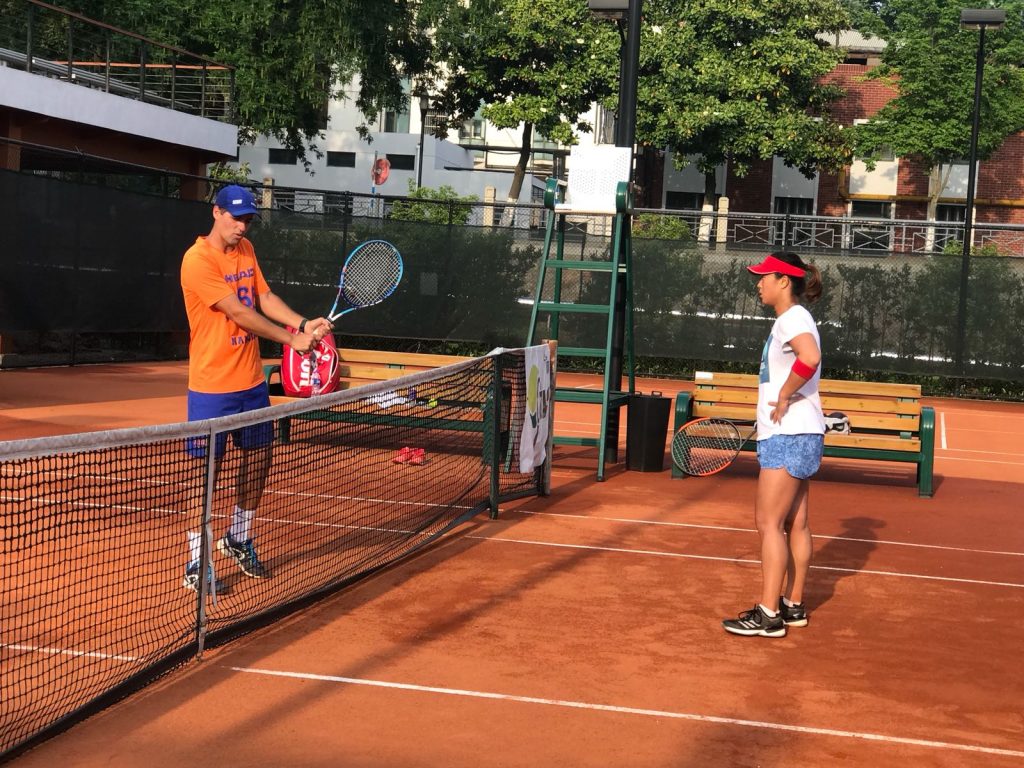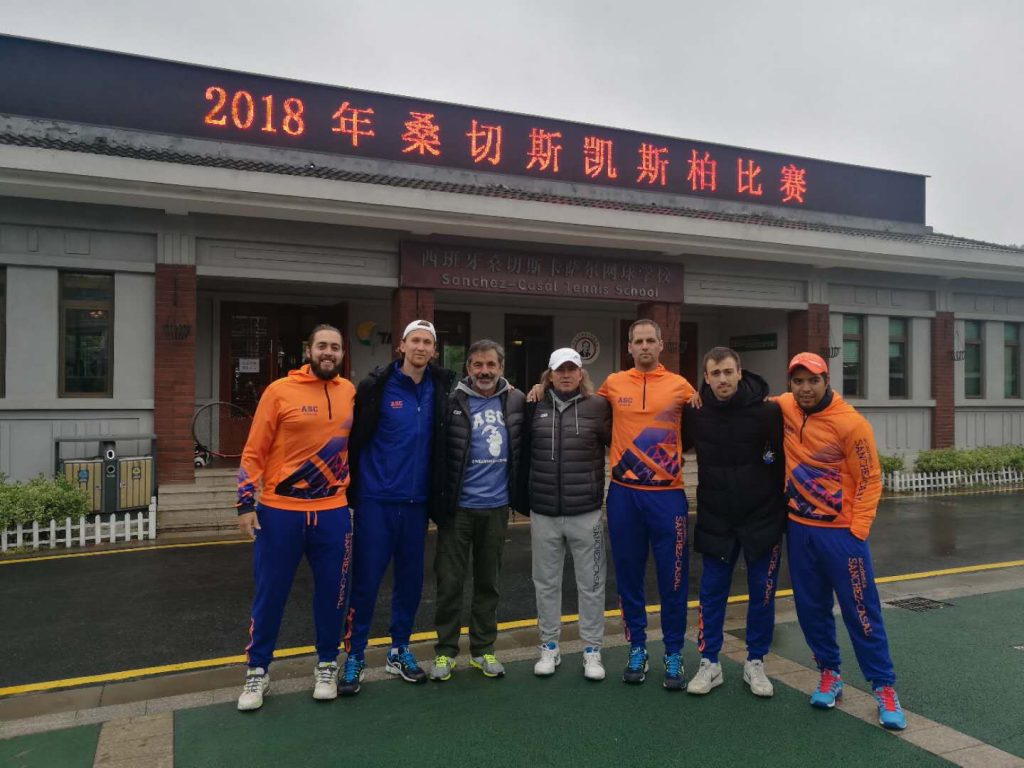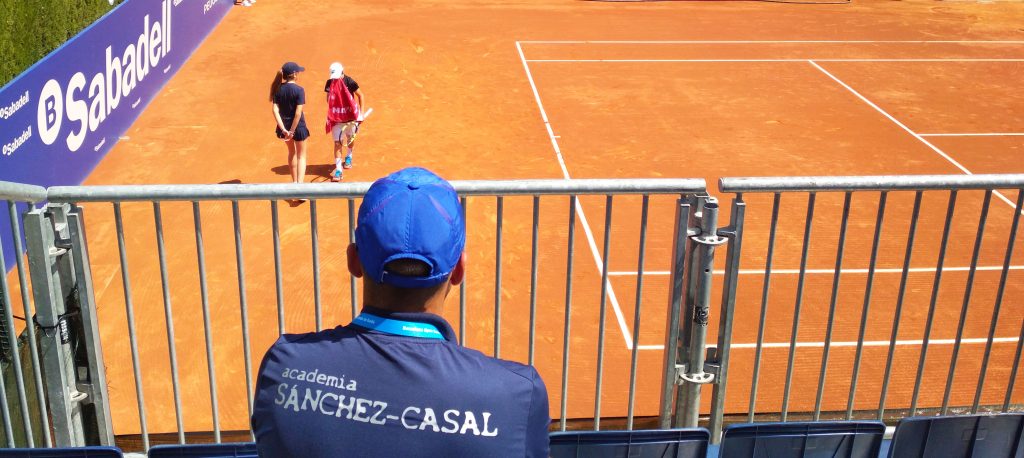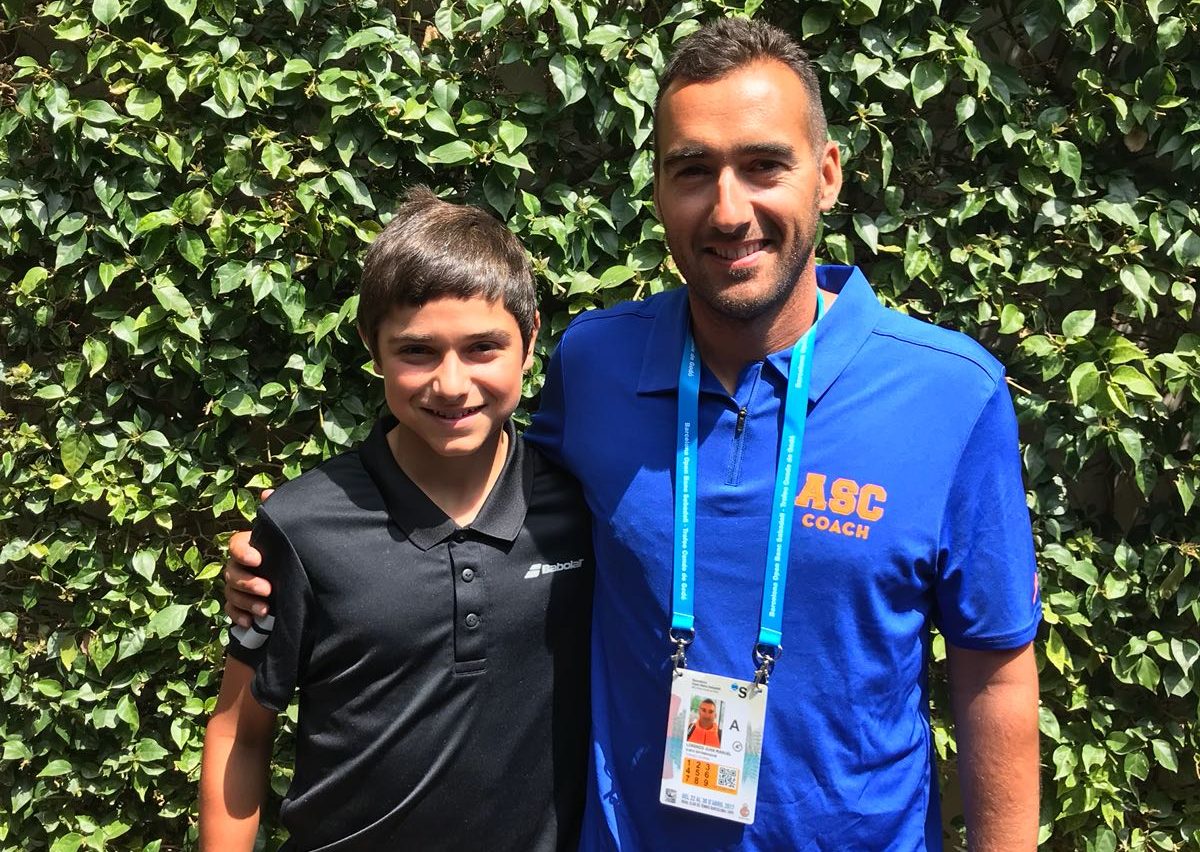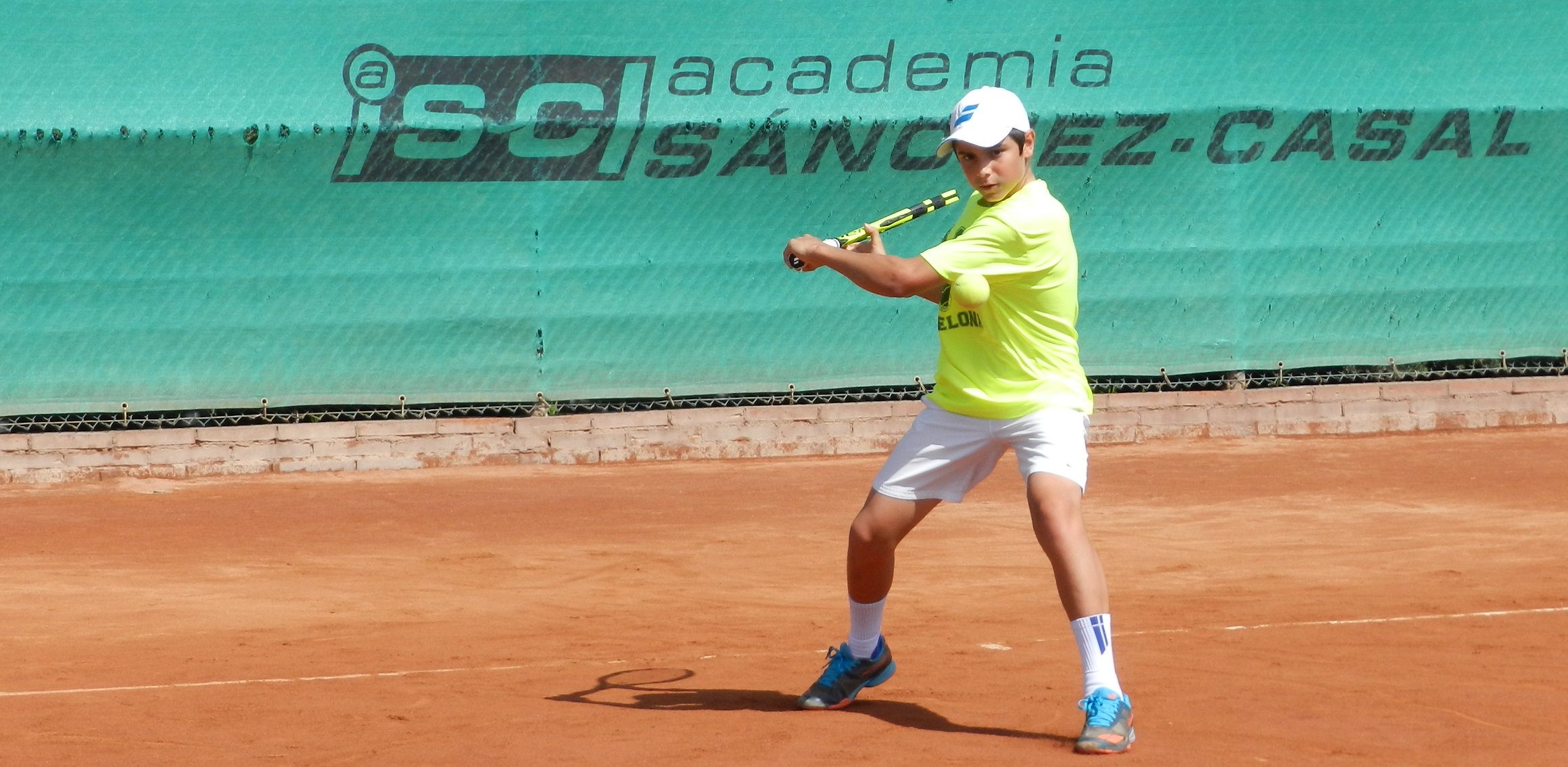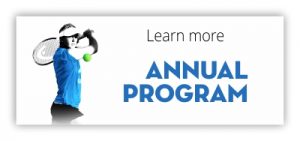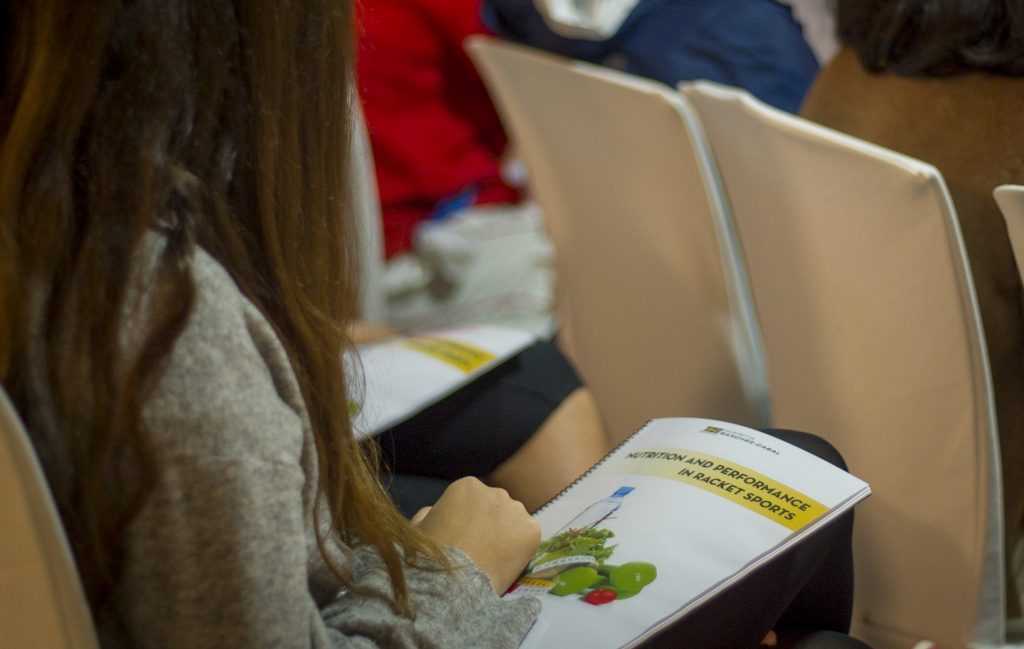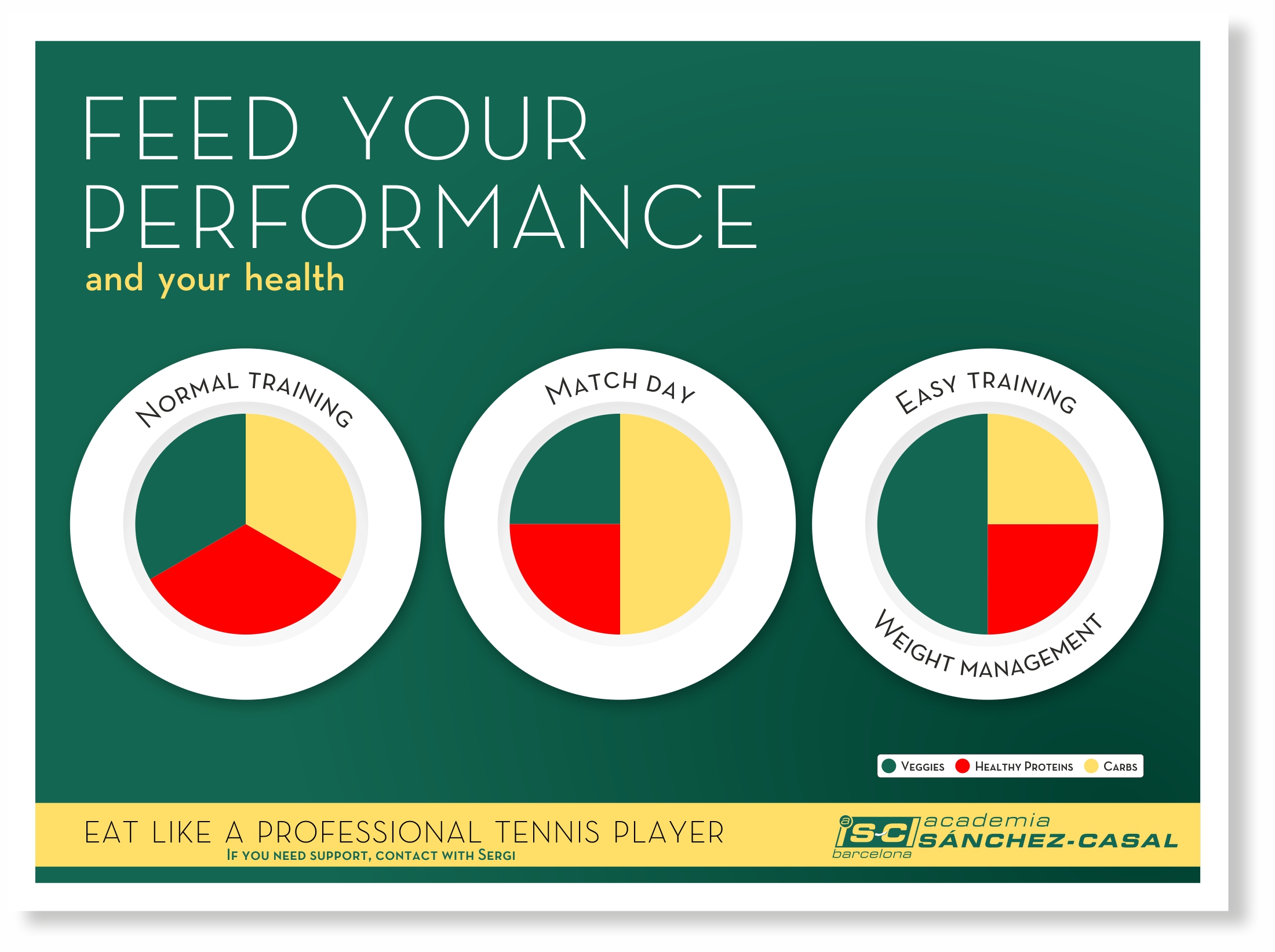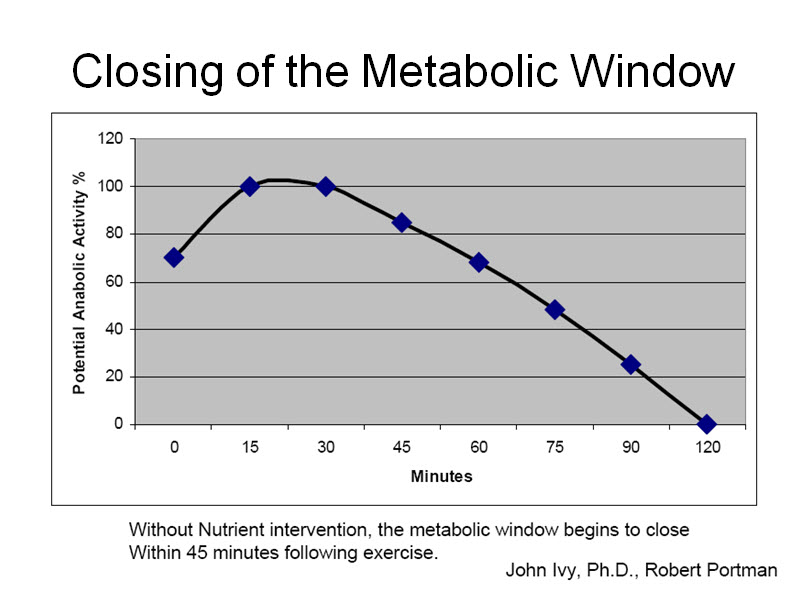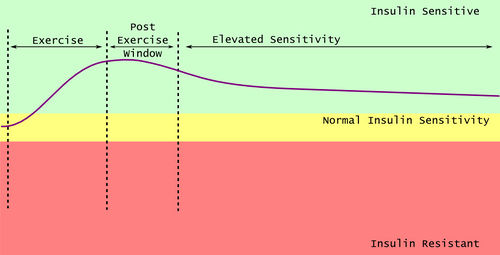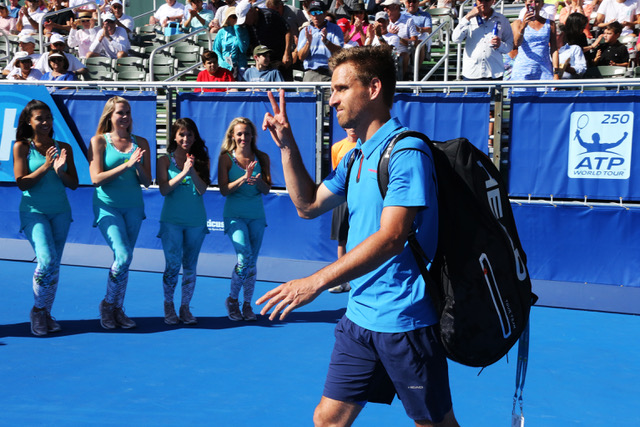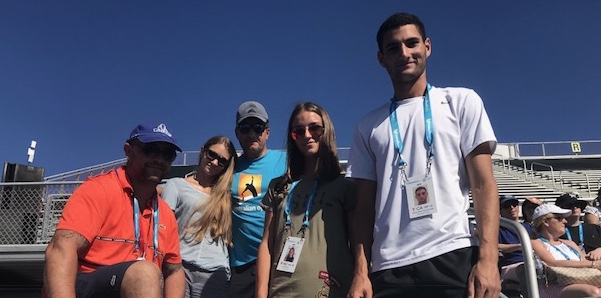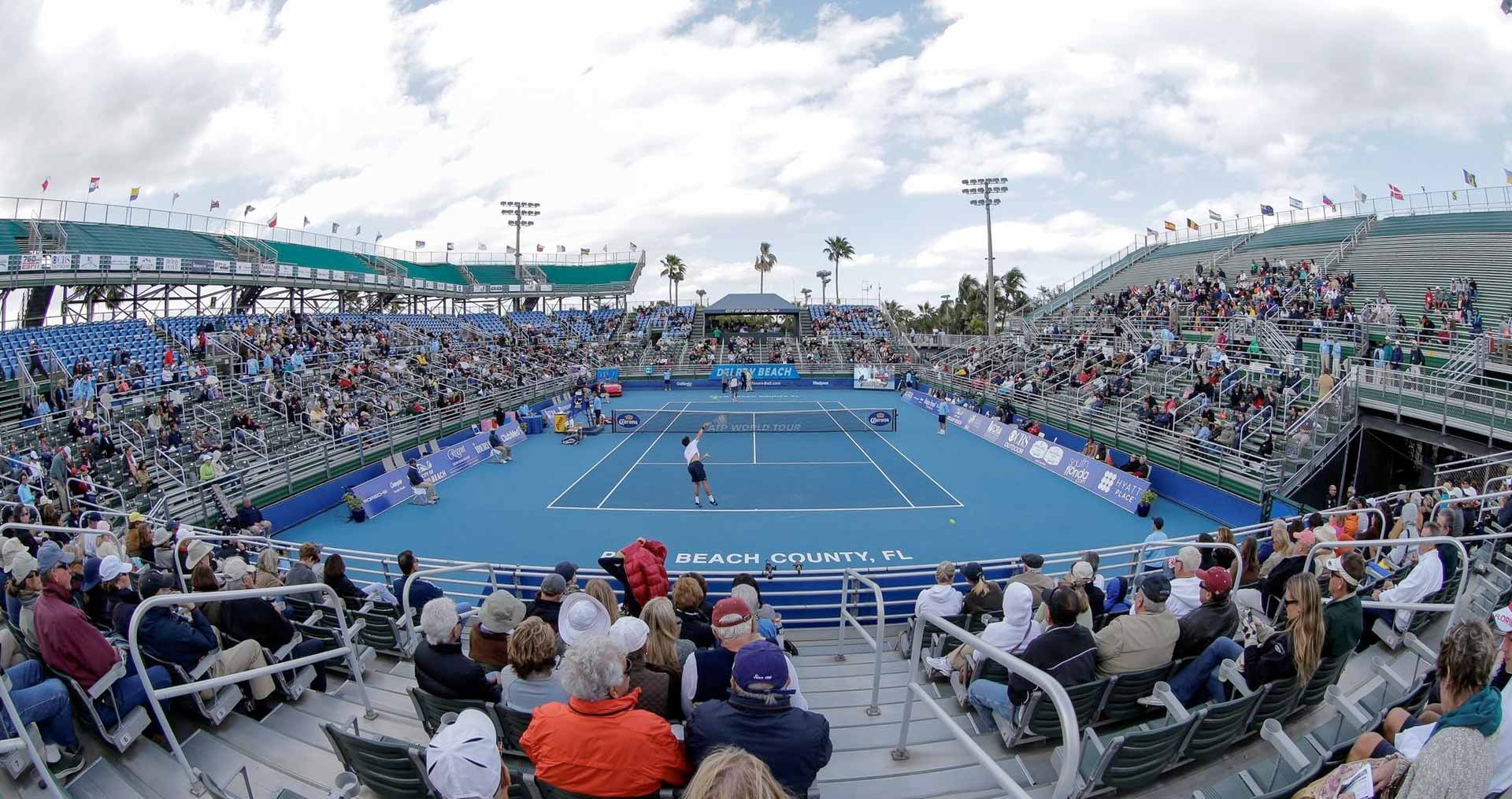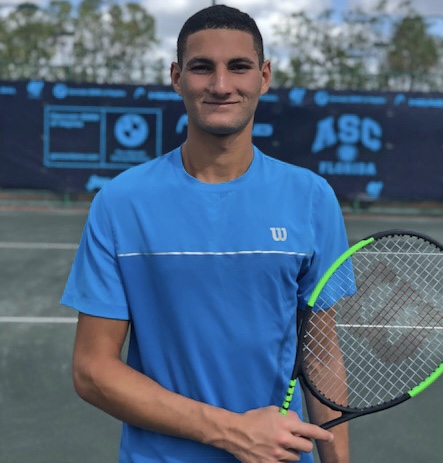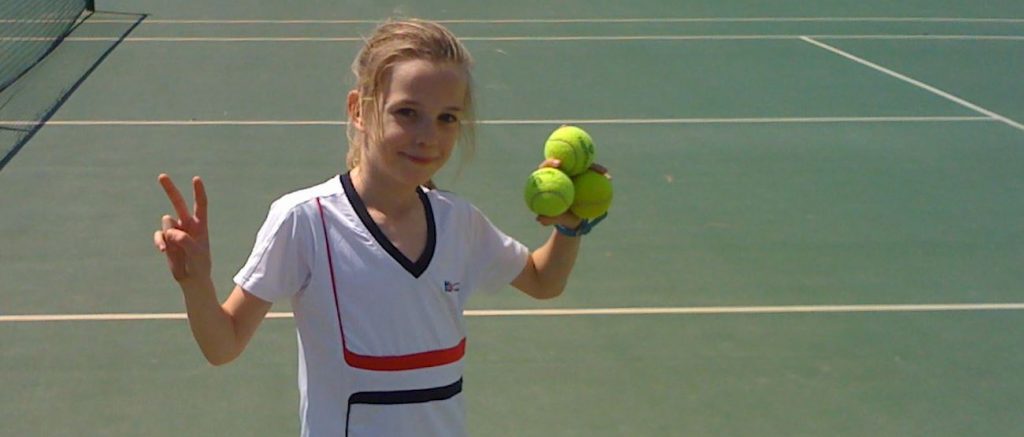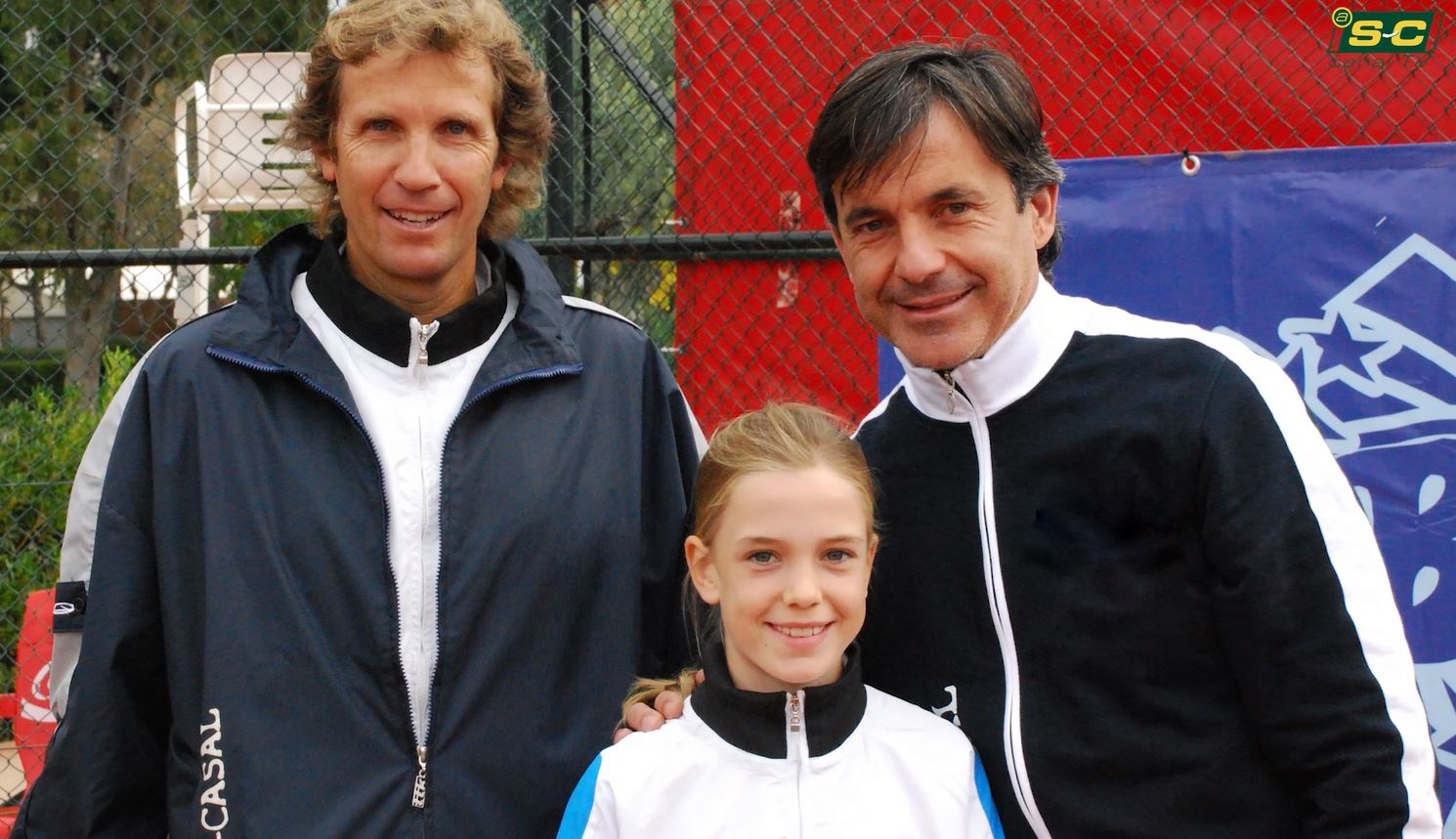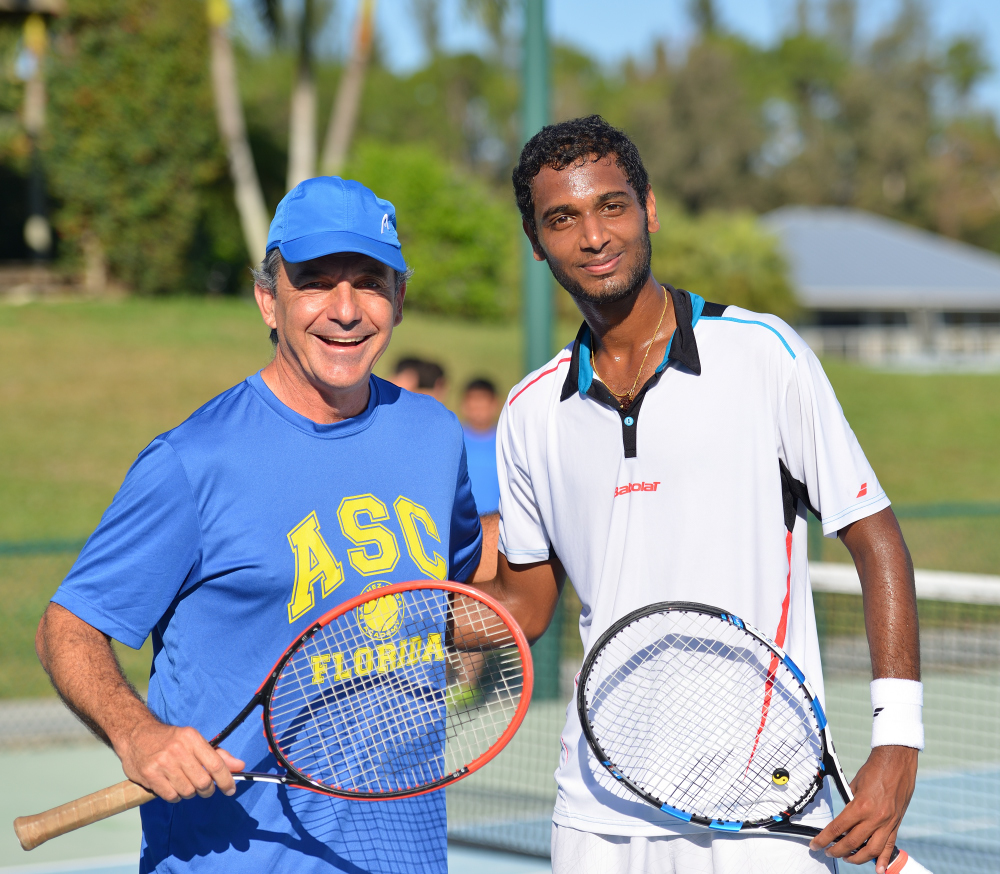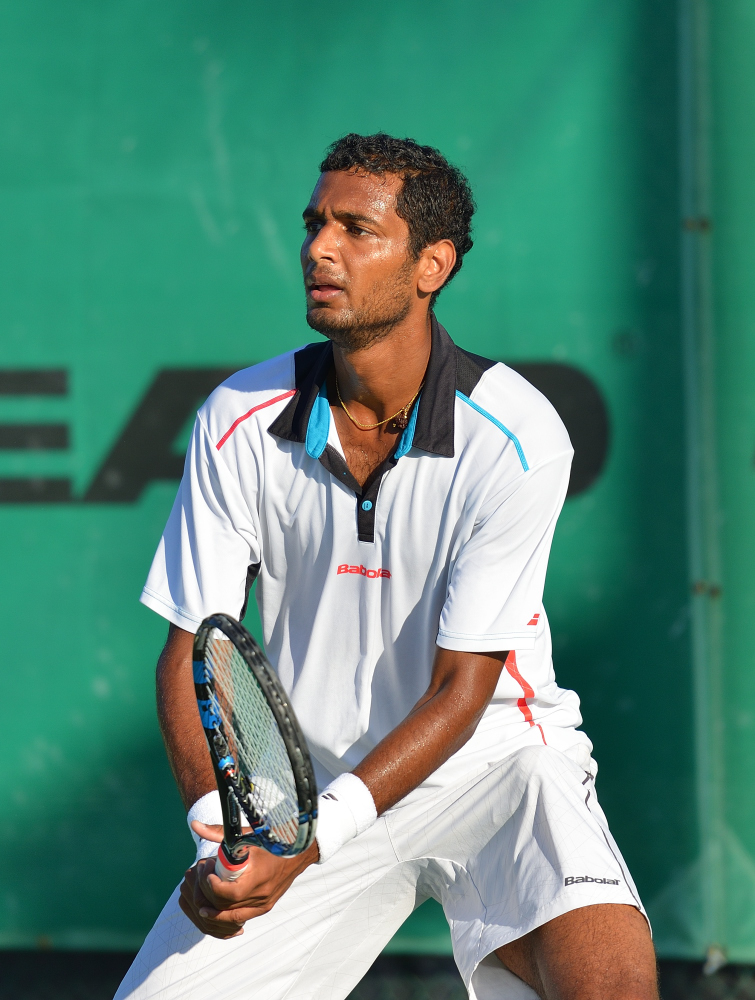By Ana Gabriela Canahuate-Torres, ASC Florida and ESIS Alumna Class of 2015
A normal day at Academia Sanchez-Casal, Florida is not exactly a true statement. For our annual students, the day seems to be anything but ordinary. With three-hour practices in the morning, then school along with study hall in the afternoon, most can agree that being an ASC Florida annual student is more than just tennis practices and school assignments. As athletes, they must focus on their personal goals of whether they will go on to play college tennis or become a professional tennis player. As students, it is a different matter, they need to focus on their grades and their overall performance in school. Having the ability to balance out their passion for tennis and academics brings them a step ahead in life. However, the question still remains on what is life at the Academy? I have the answer to that question from past and present annual students: Emilio Sánchez, Victoria Sánchez, Adéle Fernández, Ritwik Chatt, and myself Ana Gabriela Canahuate Torres.
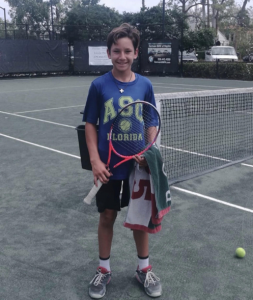
Emilio Sánchez Jr, student-athlete (Spain): I was born in Barcelona, Spain where I lived my first eight years. I started to play tennis at ASC in Barcelona. Later I moved to the United States, where I started to play after school. ASC has been my second home and playground since I was about 3 years old. In 2016 I started in the annual program and played every day all year long. ASC has helped me develop in tennis and become more independent.
Emilio has learned to adapt to changes. His passion for tennis and life with his family has helped him to develop not only as an athlete but to become a more independent person. Having to combine sport and studies, both intensively, that is, for our students, but the Academy was born to help overcome this challenge.
Victoria Sánchez, current student-athlete (Spain): I have been in this academy for the past 5 years, I would not change it for anything. One of the most important things it has taught me is to be myself and respect the people around me. I could talk about this place for days, this is not just an academy for me, it is my home. Every day might be the same schedule, the same people, but it’s the best part about it is you get to spend time with your family. The atmosphere this place gives is so positive although sometimes it is hard, it’s incredible the resilience it gives to each student-athlete. This academy will always remain in my heart, it’s my home!
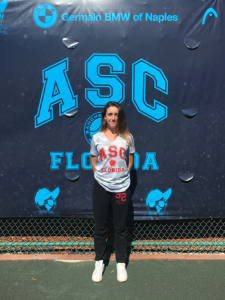
Victoria will enter her senior year this upcoming Fall. Next year she will embark on a chapter of her life, college and she will need to prepare for it. Resilience and respect are two of the values that tennis, and sports in general, bring to the lives of our students. They must face difficult situations and learn to overcome them. Teammates, coaches, teachers, and the whole Academy staff end up becoming a second family to many of these student-athletes
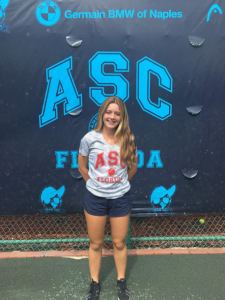 Adéle Fernández, current student-athlete (USA): My experience at ASC taught me many values. It taught me Respect, Effort and Discipline which helped me on and off the court. Being at ASC also taught me to be more independent and to manage my time between school and tennis. The friendships I have made this past year will always stay with me. Attending ASC has been one of the best experiences of my life.
Adéle Fernández, current student-athlete (USA): My experience at ASC taught me many values. It taught me Respect, Effort and Discipline which helped me on and off the court. Being at ASC also taught me to be more independent and to manage my time between school and tennis. The friendships I have made this past year will always stay with me. Attending ASC has been one of the best experiences of my life.
It is an honor for ASC to hear that the students identify with the 3 values of Sanchez-Casal: Respect, Effort and Discipline. These values have marked the life of the Academy of this last year. They marked the life of the Academy of this last year. They are safe values to face any situation that life gives to our students.
Ritwik Chatterjee, ASC Florida alumni class of 2016 (India): When I came to Academia Sanchez-Casal as a fifteen-year-old player from India back in 2014, I wasn’t sure what to expect! Sure, I came prepared to work hard and take my tennis to a new level, but what I got was truly something extraordinary. The two years I spent here was, by far, the most enriching of my life. Not a day goes by where I don’t fondly recall grinding on the well maintained Har-Tru courts or working on exceeding my physical limitations in the gym. However, the best part of this academy for me was not the exponential improvement in my tennis, but the all-round development of my personality, value system and the friends I made.
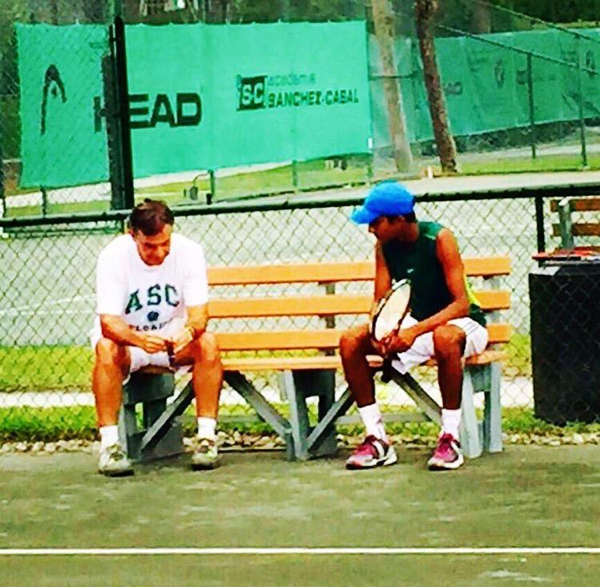
My time here flew by rapidly. Repetitions on court turned into habits and friends turned into family. I can never forget the countless lessons I’ve learned from tennis greats like Emilio Sanchez and Pavel Slozil. They not only taught me how to play better tennis but also how to lead a better, more meaningful life. Living with these legends and their involvement in my life beyond the tennis court made all the difference. Emilio once explained to me the importance of doing everything with enthusiasm while driving me to Stanford, and I have imbibed that lesson into my daily life. The tennis part of this academy is second to none, but the area in which the academy truly shines is character development. Students here not only graduate as exceptional tennis players and leaders but also as very good human beings, an art I believe is lost in today’s world of instant gratification and material assessment
As I see the new students here — each with their own goals and expectations, I envy them! I envy them because they are about to embark on the most meaningful chapter of their lives and as they go about experiencing life here, I want them to believe that they are indeed at the finest place in the world and with the greatest teachers. In a place like this, the sky isn’t the limit, it is just the starting point.
Ritwik lived, trained and studied at the Academy for 2 years. Coming from a different culture, he adapted to new habits, customs, to a different language. At the Academy, we train children and adolescents and accompany them in transcendental moments in their lives, in the years when they are trained as people and learn to face the world. It is an honor to be referents in their lives and to see how, with the passing of time, they remember what we tried to teach them, even with more affection than the athletic part.
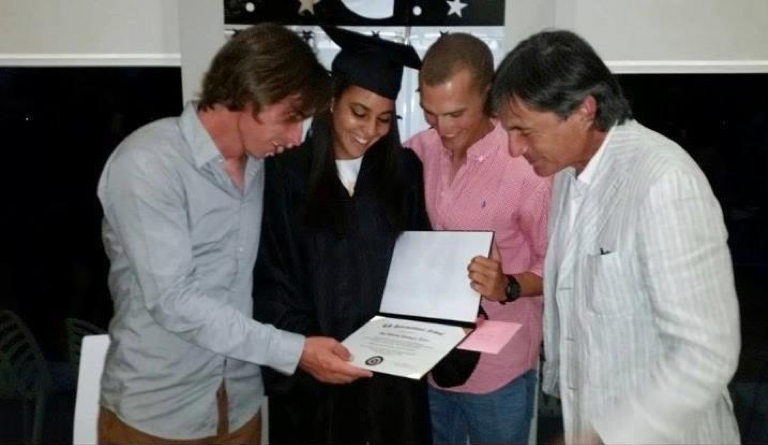
Ana G. Canahuate-Torres, ASC-Florida alumni class of 2015 (Dominican Republic): My experience at ASC Florida was a bit different. For starters, I was the first annual student-athlete during that time, so I had to deal with being away from my family, and that was the most difficult part. I have to say that the academy impacted me the most in the area of maturity because I had to learn how to manage my time by balancing tennis and school, which essentially allowed me to excel in the college atmosphere. As a former ASC student-athlete, I can say that the values I learned from my parents and the ones I learned at ASC, gave me the opportunity to grow as a person ASC will always hold a very special place in my heart. I will be forever grateful to Emilio Sánchez for having the patience to change my attitude. I admire him very much because of the human being he is, the way he is so energetic on the court and how excited he gets when he sees you doing well. Emilio always motivated me to be a better player and person and I thank him for always believing in me. Life at ASC Florida was anything but ordinary because I had the opportunity to meet people that were in the same situation as me.
We have to appreciate the effort that these kids give to their academics and tennis development. Sometimes we forget that these kids are separating themselves from kids their age. Instead of going to a normal high-school and having their afternoons free, they chose to be in a tennis academy, a place where annual students are expected to fulfill seventeen hours of tennis practice per week, four hours of physical training, hour mental sessions, and thirty hours of school per week. In the end, these kids will have attained skills like time management in order to balance their student-athlete life and social life. They are all incredibly dedicated to tennis because they have chosen to sacrifice a normal teenage life for their improvement as players.
To the current annual student-athletes, you are all very privileged to have not only one tennis legend but two with Pavel Slozil. Take advantage of your time here and I hope that you all accomplish your desired dreams. We hope you never forget your time with at ASC, all your shared birthdays, trips to movie tournaments, beach days and other fun activities in which you participated. Of course, I will not forget my experience in this place that, in the end, became my second home.

Ana Canahuate-Torres
ASC Florida and ESIS Alumna Class of 2015

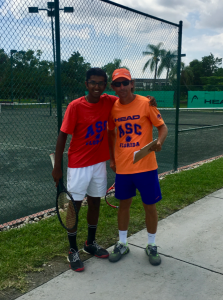

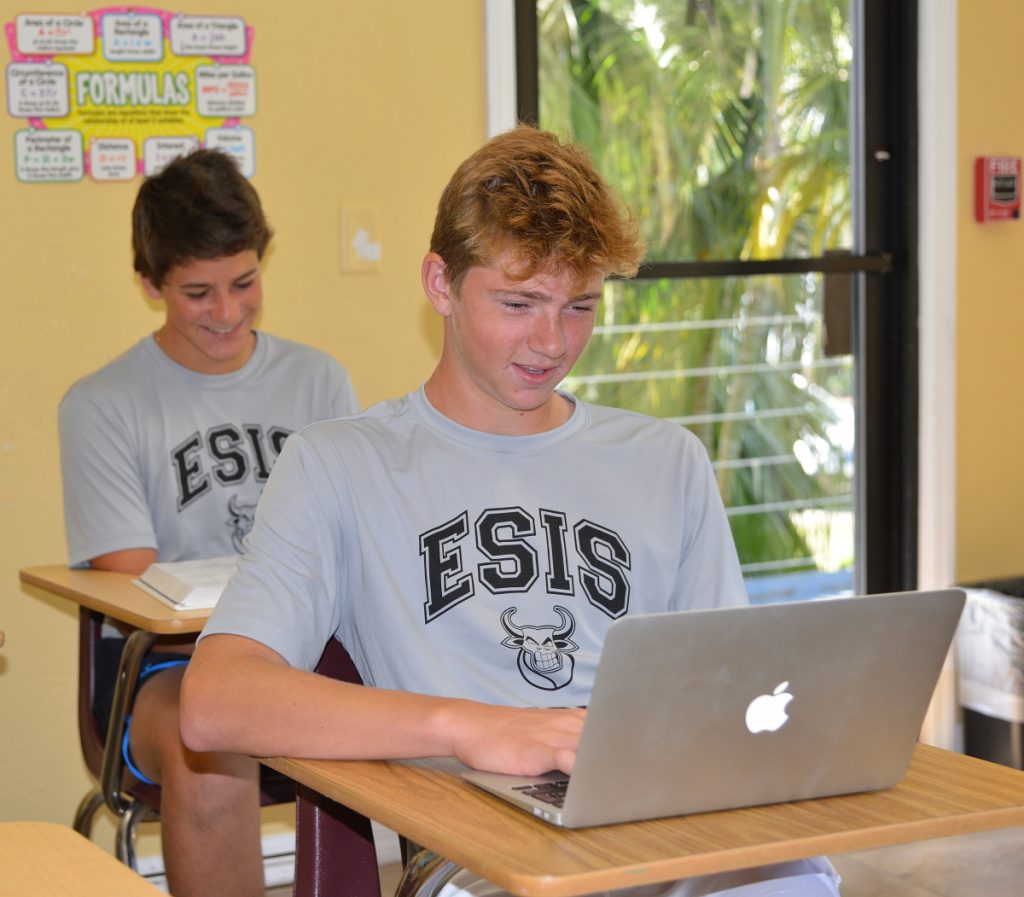


 Adéle Fernández, current student-athlete (USA): My experience at ASC taught me many values. It taught me Respect, Effort and Discipline which helped me on and off the court. Being at ASC also taught me to be more independent and to manage my time between school and tennis. The friendships I have made this past year will always stay with me. Attending ASC has been one of the best experiences of my life.
Adéle Fernández, current student-athlete (USA): My experience at ASC taught me many values. It taught me Respect, Effort and Discipline which helped me on and off the court. Being at ASC also taught me to be more independent and to manage my time between school and tennis. The friendships I have made this past year will always stay with me. Attending ASC has been one of the best experiences of my life.


